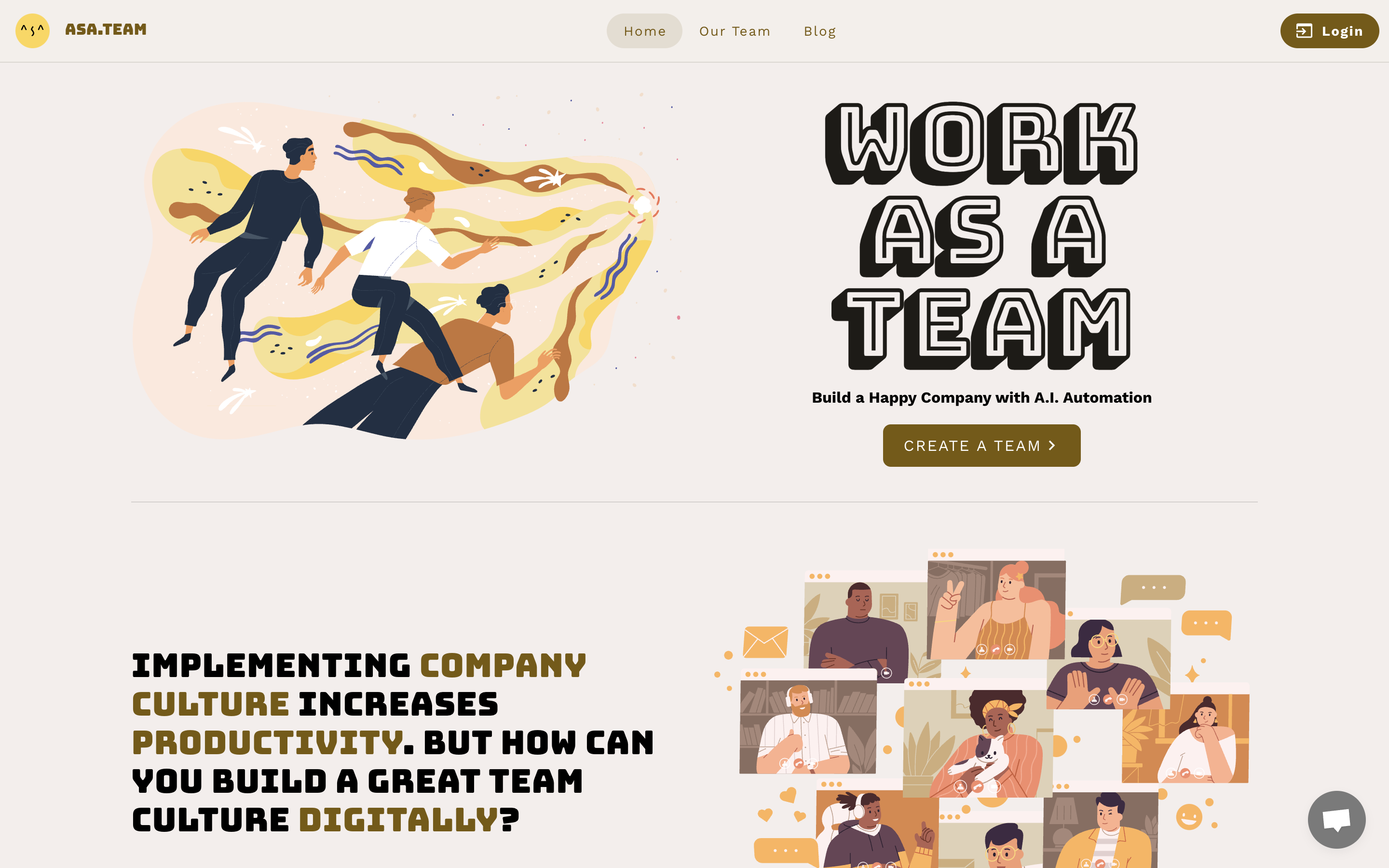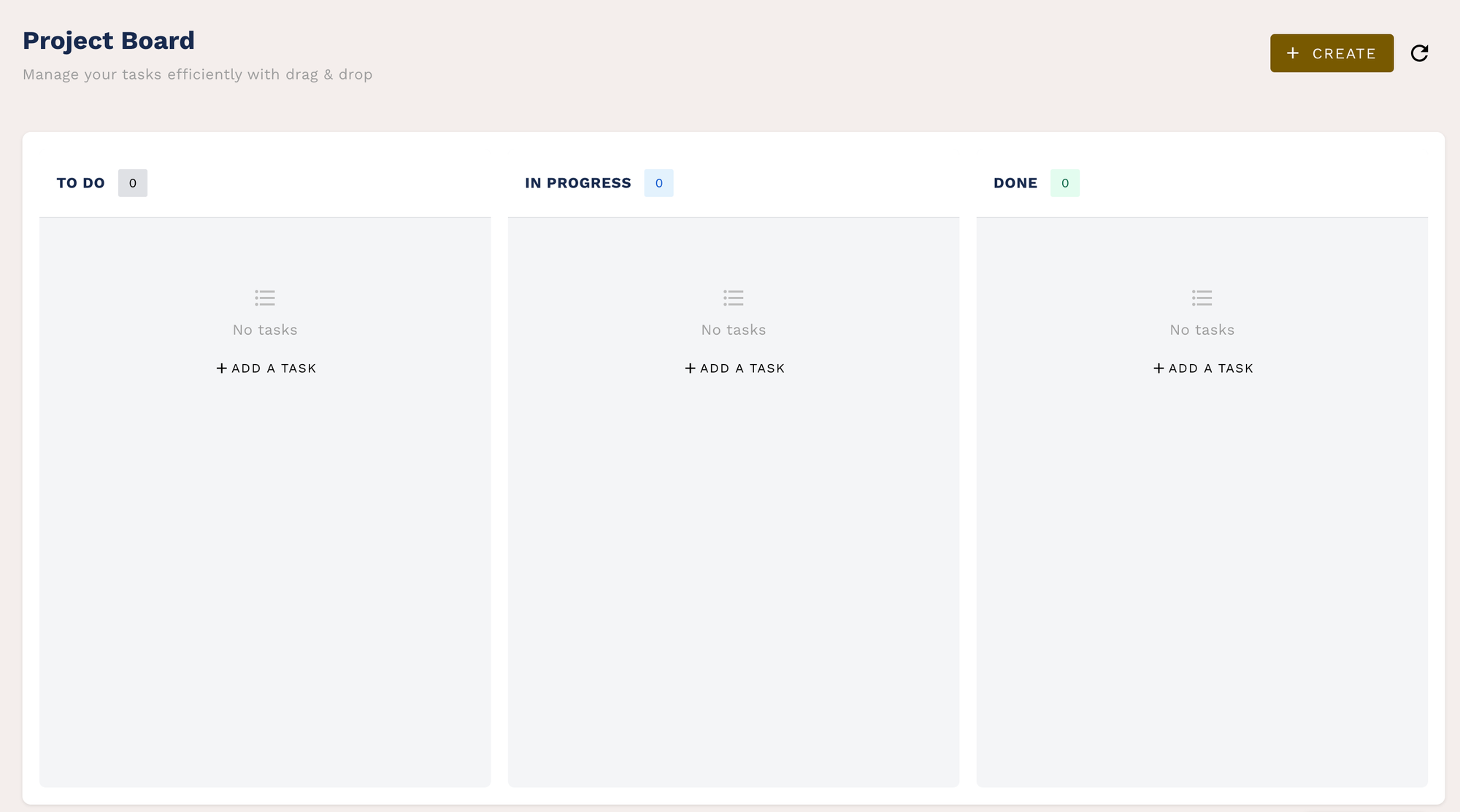Business Process Automation Tools for Small Businesses (2025): Practical Guide, Tool Comparisons & 5 Starter Automations

Buried in busywork, but not sure which business process automation tools will actually save you time this year? This practical guide cuts through the noise so small teams can choose the right business automation software and ship real workflows—fast. If you need workflow automation for small business without hiring a developer, you’re in the right place.
You’ll get a compact comparison mapping top tools to use cases, price tiers, and ease-of-use, plus clear guidance on security, data ownership, and scalability. We’ll share 5 step-by-step starter automations you can build this week—complete with templates—along with a simple ROI check so you know what’s worth automating. We also explain where no-code automation tools shine and when a self-hosted option like n8n makes more sense.
Unlike generic tool lists, this guide is built for SMB realities: limited time, limited budget, and quick wins that compound. Expect downloadable assets (process mapping worksheet and tool selection checklist) and practical advice you can apply today.
First, let’s make sure you’re picking from the right category. We’ll break down integration platforms (Zapier, Make), Work OS options (Airtable, monday.com), and open-source/self-hosted choices (n8n)—and show when to use each.
Which types of business process automation tools exist (and when to use each)
Small businesses don’t need a massive tech stack to start workflow automation. The key is choosing the right category of business process automation tools so you solve real bottlenecks without adding complexity. Broadly, you’ll choose between integration platforms (to connect your apps), Work OS tools (to run processes and approvals), or no-code, self-hosted options when data control and flexibility matter most.
Adoption is accelerating: SMBs are part of a broader shift, with automation use rising from about two‑thirds of businesses in 2024 toward an expected ~85% by 2029, alongside strong market growth projections. See the roundup in Thunderbit’s Automation Statistics 2025 (https://thunderbit.com/blog/automation-statistics-industry-data-insights).
Use the sections below to match each tool type to your most common workflows and your digital transformation strategy.
Integration platforms & iPaaS (Zapier, Make, Pabbly) — best use cases
Integration platforms (often called iPaaS) connect your cloud apps so data moves automatically. They watch for a trigger (e.g., a new lead in a form) and run actions (create a CRM contact, send a Slack message, log a task). Zapier is often the fastest on‑ramp for beginners; Make offers a visual, branch‑friendly builder; Pabbly Connect appeals to cost‑conscious teams. All support no‑code automation tools patterns like multi‑step flows, scheduling, and error handling.
Best for “glue work” across tools you already use. Typical wins include lead capture → CRM, e‑commerce order → fulfillment/labels, calendar → reminders, or marketing tags → email sequences. This is ideal workflow automation for small business needs because you get quick wins without rebuilding processes.
Use this quick guide to decide:
- Choose iPaaS when your steps span multiple apps, require event‑based triggers, or benefit from hundreds of prebuilt connectors and automation templates for small business.
- Avoid for heavy human approvals or complex data models that live mostly inside one system; a Work OS likely fits better.
| Fit iPaaS | Not a Fit |
|---|---|
| Syncing data between SaaS tools | Deep, human‑in‑the‑loop workflows |
| Event‑driven tasks (webhooks, forms, payments) | Complex records needing rich views and permissions |
| Rapid pilots and low‑code prototypes | Processes that mostly live inside one platform |
If your process relies on human steps, shared views, and approvals, a Work OS may be a better home base.
Work OS and workflow builders (monday.com, Airtable, Asa.Team) — when to pick a work OS
Work OS platforms act as your team’s operating layer: structured tables/boards, forms, tasks, and lightweight automations in one place. Tools like monday.com, Airtable, and Asa.Team centralize requests, standardize steps, and surface status with dashboards—perfect for business automation software that people touch daily.
Pick a Work OS when most of the workflow lives in one system and needs collaboration. Examples include content production pipelines, client onboarding checklists, procurement approvals, or simple CRM‑lite. You’ll get forms for intake, custom fields, automations like “if approved → notify finance,” and views (Kanban, calendar, Gantt) to keep everyone aligned.

For example, Asa.Team is a comprehensive Work OS that's rapidly expanding beyond basic project management. The platform now includes dedicated project taskboards for granular workflow tracking, individual time scheduling features designed for hybrid teams across different locations and time zones, and emerging AI capabilities that automate routine tasks and provide intelligent workflow suggestions.

This positions Asa.Team as an intelligent workspace that adapts to modern team dynamics—combining structured processes with the flexibility needed for today's hybrid work environment, making it ideal for organizations wanting powerful functionality without enterprise-level complexity.
You’ll likely choose a Work OS if:
- You need human approvals, SLAs, and audit trails tied to records.
- Data needs structured schemas, attachments, and filtered views per role.
- You still want to integrate, but the “center of gravity” is one platform.
Limitations: while these tools integrate externally, they’re not as exhaustive as dedicated iPaaS for edge‑case connectors or complicated routing. Many SMBs blend a Work OS as the single source of truth with iPaaS to push/pull data to other systems.
If you need full data control, advanced logic, or want to avoid per‑task pricing at scale, consider a self‑hosted option next.
No‑code, open‑source & self‑hosted options (n8n) — pros, cons, hosting tradeoffs
Open‑source, self‑hosted BPA tools like n8n give you flexibility and control. You can run them on your own server, keep data in your infrastructure, and customize logic beyond typical point‑and‑click limits. For technical teams or privacy‑sensitive industries, that balance can be ideal.
According to Integrately’s 2024 comparison of Zapier, Make, and n8n (https://www.integrately.com/blog/zapier-make-n8n-alternatives/), n8n stands out for self‑hosting, extensibility, and developer‑friendly nodes, while no‑code automation tools like Zapier and Make prioritize ease and ready‑made connectors. For BPA tools for small businesses, this translates to a tradeoff between convenience and control.
Pros of self‑hosting:
- Data residency and ownership, with fewer third‑party data hops.
- Potential cost efficiencies at higher volumes and complex logic.
- Extensibility via custom nodes and on‑prem integrations.
Cons and tradeoffs:
- You manage hosting, updates, uptime, and security hardening.
- Higher setup complexity and learning curve vs plug‑and‑play SaaS.
- Responsibility for backups, monitoring, and compliance controls.
Quick decision cues:
- Choose n8n if you have light dev/ops capacity, need strict data control, or anticipate heavy/complex automations.
- Prefer SaaS iPaaS if you want speed to value, minimal maintenance, and a rich marketplace of connectors.
If you’re unsure, pilot the same workflow in a SaaS iPaaS first, then migrate to n8n once requirements and ROI are proven.
How to choose the right tool: a practical checklist for small businesses

You’ve seen the major categories of business process automation tools in the last section. Now it’s time to pick what actually fits your team, your budget, and your risk profile. The fastest wins come from a simple plan: map your workflows, score them for impact and difficulty, then shortlist tools that match your stack and skill level. This section gives you a practical, small‑business‑first process to do exactly that—without boiling the ocean.
We’ll start with a mini worksheet to visualize your workflows and apply clear prioritization rules. Then we’ll move to a compact comparison table so you can align must‑have features, price bands, and ease‑of‑use with your needs in minutes. Finally, we’ll cover the security, data ownership, and scalability filters every SMB should apply before going live. Keep your focus on “fewer, better” automations that remove repetitive work and connect the systems you already use.
Map your processes first — downloadable mini worksheet and prioritization rules

Before evaluating business automation software, inventory your workflows. Keep it lightweight and repeatable so you can revisit it each quarter.
- Mini worksheet (copy this for each process)
- Process name + owner
- Trigger and desired outcome
- Systems involved (apps, spreadsheets, inboxes)
- Average frequency and volume (per day/week)
- Time spent per run and common errors
- Data sensitivity (PII/financial?) and exceptions
- “Done” definition and a simple success metric
Practical tip: Start small, automate stable, high‑volume tasks, and build confidence before tackling complex processes—the Federation of Small Businesses’ guidance emphasizes a phased, affordable approach for SMBs Business process automation: A practical guide for small businesses - FSB.
Prioritization rules for workflow automation for small business:
- Quick wins first: high frequency, low variability, 30–120 minutes saved per week.
- Cross‑app friction: processes that touch 2+ tools benefit most from no‑code automation tools.
- Reduce risk: avoid edge‑case heavy flows (>20% exceptions) until later.
- Tool fit: prefer native integrations or proven connectors for your stack.
Simple ROI check:
Weekly ROI ($) = (Time saved/week in hours × hourly loaded cost) − (tool cost/week)
Payback (weeks) = One-time setup hours ÷ (Time saved/week)
Use this to rank candidates and sequence your first 3–5 automations.
Must‑have features + compact comparison table (integrations, price bands, ease‑of‑use)
Once you’ve shortlisted processes, match them to features that matter. For BPA tools for small businesses, look for:
- Integrations: native connectors to your top apps, webhooks, email parsing, API steps.
- Workflow power: multi‑step flows, branching, filters, delays, retries, error handling.
- Operability: versioning, logs, alerts, test mode, templates, and role‑based access.
- Usability: visual builders, clear pricing, starter automation templates for small business.
- Governance basics: user permissions, audit trails; deeper security in the next section.
Compact comparison (typical SMB experience)
| Tool category | Best for | Typical SMB price band | Ease of use | Example tools | Notes |
|---|---|---|---|---|---|
| Integration/iPaaS | Cross‑app automations (CRM, email, sheets) | $0–$50/mo to start | Beginner–Intermediate | Zapier, Make, Pabbly | Fastest to deploy; huge libraries; watch task caps |
| Work OS / Database + automations | Process + data in one place (requests, projects, light CRM) | $10–$30/user/mo | Intermediate | monday.com, Airtable, Asana | Visual, flexible; great when data lives in the platform |
| CRM/Marketing suites | Lead routing, follow‑ups, email journeys | $20–$90/user/mo | Beginner | HubSpot Starter, Mailchimp | Strong native automations; some ecosystem lock‑in |
| Help desk/CS | Ticket triage, SLAs, escalations | $20–$60/agent/mo | Beginner | Zendesk, Freshdesk | Purpose‑built flows; integrates with iPaaS for extras |
| Open‑source/self‑hosted | Custom flows, data control, advanced logic | Hosting + time | Advanced | n8n | Maximum flexibility; needs admin skills and maintenance |
Use the table to align needs to a category, then compare two finalists hands‑on with the same pilot workflow. Keep your digital transformation strategy pragmatic: standardize on the simplest stack that covers 80% of your use cases.
Security, data ownership and scalability considerations for SMBs
Security is a selection criterion, not an afterthought. Map the data each automation touches, then apply a lightweight risk check before rollout. Government guidance for automation programs underscores access control, monitoring, and risk assessment as essentials—principles you can adapt directly from the General Services Administration’s overview Robotic Process Automation (RPA) Security and Risk - GSA.gov.
Security and governance checklist:
- Data handling: prefer OAuth connections, encrypted transit/storage, and secrets vaults. Minimize data passed between steps; mask PII in logs.
- Access control: least‑privilege service accounts, role‑based access, SSO/MFA if available. Separate builder vs. approver permissions.
- Compliance: vendor attestations (SOC 2/ISO 27001), DPAs, data residency options, and clear breach/SLA terms.
- Auditability: run logs, change history, and alerts on failures. Keep a register of active automations and owners.
- Data ownership: confirm export options for workflows and data. Avoid hard lock‑in; document an exit path.
Scalability without surprises:
- Throughput: estimate daily runs and task counts; batch where possible to avoid rate‑limit spikes.
- Reliability: use retries with backoff, dead‑letter/error queues, and failure notifications.
- Environments: test in a sandbox or duplicate workspace; promote versions deliberately.
Apply these filters alongside feature fit and cost. The right business process automation tools protect your data today and won’t box you in as volume and complexity grow.
5 starter automation recipes you can build this week (step‑by‑step)

You’ve mapped your processes and shortlisted tools—now it’s time to ship real workflows. The following five builds translate strategy into action, using business process automation tools you likely already own.
Each recipe includes a trigger, actions, a field‑mapping template, and QA checks. They’re built with no‑code automation tools (Zapier/Make) and lightweight work OS components so they’re fast to deploy and easy to maintain.
Use this quick ROI formula as you implement: minutes saved per run × runs per month ÷ 60 × hourly rate. Even modest automations (8–12 minutes saved, 80–120 runs/month) routinely free 16–24 hours/month—enough to reclaim a full day for growth work or customer success.
Pro tip: launch with the “minimum viable automation” (MVA). Automate the handoff and logging first; add enrichment, dedupe, and alerts after seven clean days.
Lead capture → CRM (Zapier/Make walkthrough + template)
Best for: workflow automation for small business teams running ads/forms. Trigger from Facebook Lead Ads, Webflow/Typeform/Gravity Forms, or Calendly; send to HubSpot, Pipedrive, Zoho, or an Airtable CRM.
Steps:
- Trigger: New form submission or booked meeting.
- Formatter: Normalize phone/email, parse UTM params.
- Find/Create: Search CRM by email; create or update contact and deal.
- Enrichment (optional): Company domain → Clearbit/ZoomInfo.
- Alerts: Post to Slack #new‑leads with owner mention.
- Log: Append to a “Leads Intake” table for audit.
Copy‑map template:
Source → CRM
first_name → Contact.First Name
last_name → Contact.Last Name
email → Contact.Email (unique)
phone → Contact.Phone
company → Account/Company.Name
utm_source → Deal.Source
notes → Deal.Description
QA checks: enforce email required; drop duplicates within 24 hours; flag missing consent.
Why it works: structured capture and instant routing shorten response times and reduce leakage. In real SMB case studies, operational data discipline like this lifted conversion and cut manual effort, as highlighted in Airtable’s Small Business Workflow Automation Case Studies (https://www.airtable.com/blog/small-business-workflow-automation). Package this as an automation template for small business sales teams and iterate after a week of data.
Invoice → Accounting entry (Airtable + Zapier example with checklist)
Best for: automating sales-to-ledger handoffs in business automation software. Trigger from Stripe, Shopify, Square, or your invoicing app; create the accounting entry in QuickBooks or Xero; log in Airtable for review.
Steps:
- Trigger: Invoice created/paid.
- Router: If currency ≠ base, enrich with daily FX.
- Airtable: Upsert record in “Sales Ledger Staging” (status=pending).
- Accounting: Create Sales Receipt/Invoice in QuickBooks with customer, line items, tax code, class/location.
- Attachments: Link PDF invoice/receipt URL.
- Reconcile: If payment received, mark paid and capture fees.
- Slack: Post to #finance with record link.
Airtable base schema:
Table: Sales Ledger Staging
Fields: invoice_id (key), customer_name, email, amount, tax, net, currency, fx_rate, product_sku[], payment_processor, fee, status, qb_doc_link
Month‑end checklist:
- Tie out processor payouts to entries.
- Sample 5 entries for tax code and class accuracy.
- Export variance report (Airtable → CSV) for review.
Trend insight: accounting automation is rapidly maturing, with AI-assisted categorization reducing manual work and errors—an adoption path underscored in QuickBooks’ AI Accounting Trends to Look Out For in 2024–2025 (https://quickbooks.intuit.com/r/accounting-and-taxes/cloud-accounting/ai-accounting-trends/). Start simple (sales receipts only), then add refunds, credits, and multi‑currency.
Employee onboarding checklist automation (Process Street example)
Best for: HR ops, IT access, and compliance tasks. Trigger from a “New Hire” intake (Google Sheet row, Airtable form, or HRIS event); spin up a standardized Process Street workflow, assign stakeholders, and orchestrate tasks across tools.
Steps:
- Trigger: New row in “New Hires” with name, email, role, manager, start date.
- Process Street: Create workflow run from “Onboarding Template,” inject variables, assign tasks by role.
- Calendar: Create first‑week schedule (orientation, role training, 1:1s).
- Accounts: Auto‑provision apps (where possible) or generate owner tasks with checklists.
- Docs: Send policy packet and W‑4/I‑9 via e‑signature; store in employee folder.
- Comms: Welcome email + Slack intro; notify manager with day‑1 checklist.
- QA: After 7 days, auto‑survey new hire and manager; log CSAT/NPS.
Starter task pack:
- Pre‑day‑1: Equipment order, account requests, badge/access.
- Day‑1: Orientation, security training, payroll setup.
- Week‑1: Role shadowing, OKR review, tool walkthroughs.
- Compliance: Policy acknowledgments, MFA enabled, password manager issued.
Bonus quick wins to round out your five this week:
- Deals stage change → automated proposal doc (CRM → Docs + e‑sign).
- CSAT/NPS < 7 → create support ticket and alert CSM.
Keep it lean. Launch the core run in a day, then add conditional steps by department once the baseline is stable.
Conclusion
You now have a clear path from strategy to execution: understand the landscape of business process automation tools, use a practical selection checklist to avoid costly misfits, and ship starter workflows that deliver measurable ROI in days, not months. We mapped tool types to use cases, weighed ease‑of‑use, cost, and security, then turned that into three buildable recipes you can deploy this week.
Next steps:
- Download the process mapping worksheet and identify 3–5 high‑frequency, low‑complexity tasks.
- Use the tool selection checklist to confirm integrations, pricing, and data ownership fit.
- Launch the lead → CRM and invoice → accounting automations as MVAs, then harden with QA checks.
- Implement the onboarding workflow and standardize your first‑week employee experience.
- Track ROI with the simple formula and promote or prune automations based on evidence.
Looking ahead, no‑code and AI‑assisted workflows will further compress build times and expand what small teams can automate safely. Start small, standardize, then scale—your digital transformation strategy doesn’t require a massive overhaul, just consistent wins compounded over time.
Turn today’s momentum into a durable advantage: pick one recipe, copy the template, and put your business process automation tools to work before the end of the week.

